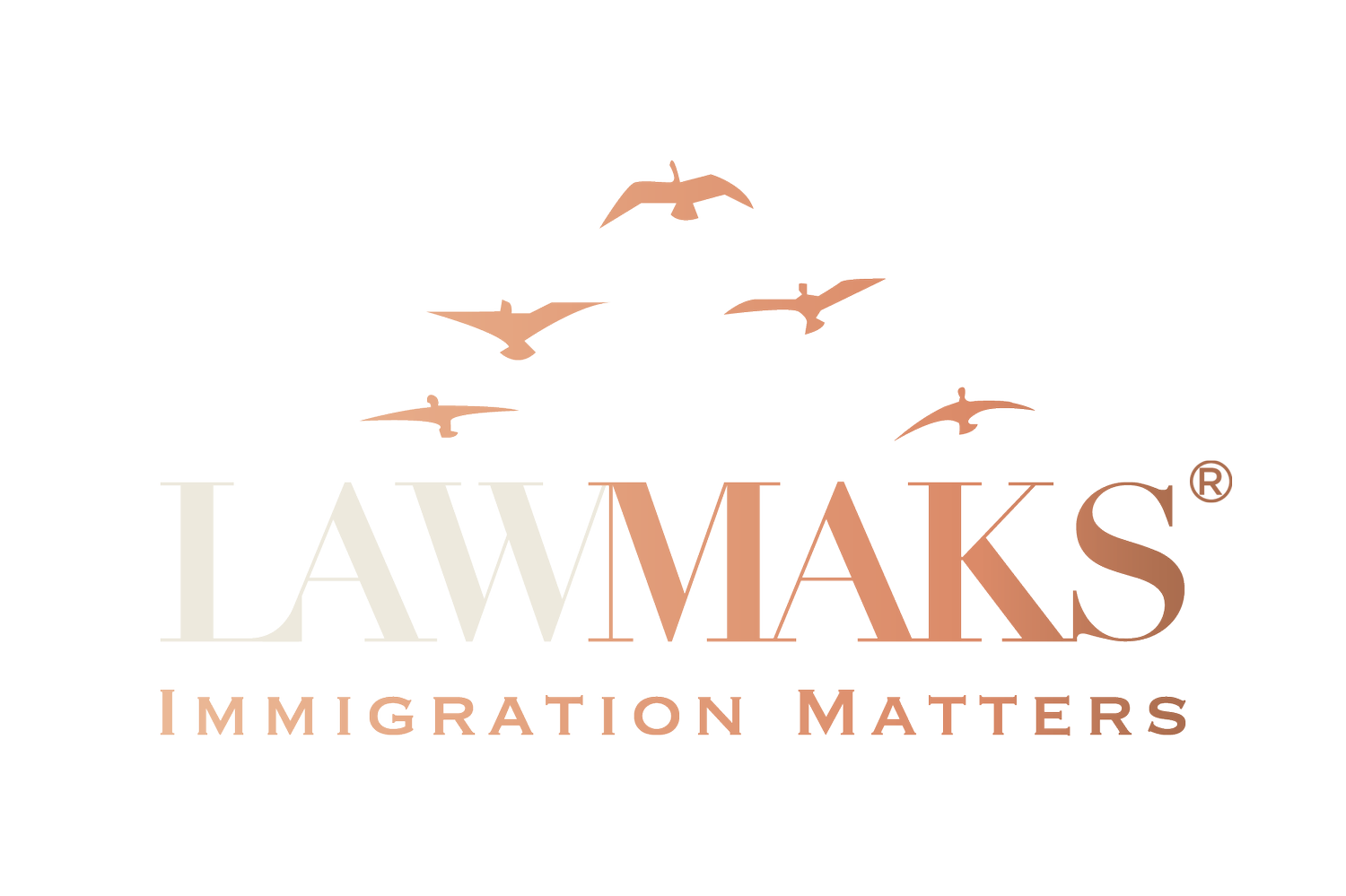What is the Processing Time for an EB-1C Visa?
A Detailed Guide for International Executives and Managers The EB-1C visa is a valuable pathway to U.S. permanent residency for multinational executives and managers. Understanding the processing time is crucial for effective planning. Below is a breakdown of the EB-1C visa timeline, with detailed insights into each stage and key factors that may impact the overall processing time.
Standard Processing Timeline
The EB-1C visa application process involves several key steps:
1. Form I-140 Petition Preparation and Filing
The EB-1C process begins with the employer submitting Form I-140, Immigrant Petition for Alien Worker, to U.S. Citizenship and Immigration Services (USCIS). Preparing the petition with the required documentation can take 1-2 months.
● USCIS Processing Time for Form I-140: Typically 8-10 months under standard processing.
● Premium Processing Option: For an additional fee, USCIS offers premium processing, which expedites the I-140 processing time to 15 calendar days. However, premium processing does not speed up later stages, such as Form I-485 processing or consular processing, but can significantly shorten the initial petition phase.
2. Adjustment of Status (Form I-485) or Consular Processing
Once the I-140 petition is approved, the applicant can proceed with either:
● Adjustment of Status (AOS): If in the U.S. and if the priority date is current, filing Form I-485 may take 8-14 months.
● Consular Processing: If applying from outside the U.S., consular processing typically takes 4-6 months, though exact timing varies by location.
3. Biometrics Appointment and Background Checks
After filing Form I-485, applicants usually attend a biometrics appointment within 1-3 months. Background checks may add time to the process if additional vetting is necessary.
4. Interview and Final Decision
USCIS may require an interview, typically scheduled about 6-8 months after biometrics if applicable. Once complete, USCIS generally issues a decision within 1-3 months.
5. Receiving the Green Card
After approval, the applicant should receive their green card in the mail, typically within a few weeks.
● Total Estimated Processing Time: Approximately 12 to 24 months, depending on specific case details and USCIS workload.
Impact of Nationality on Processing Times
Visa availability can impact processing times, especially for applicants from countries with high demand:
● India and China: As of November 2024, the EB-1 category for Indian and Chinese nationals is subject to retrogression, with priority dates set at February 1, 2022. This means applicants from these countries may face an additional wait time of approximately 2 to 3 years before they can proceed with the final steps of the green card process.
● All Other Countries: For applicants from other countries, the EB-1 category remains current, with no additional delays due to visa availability.
Note: The U.S. Department of State’s Visa Bulletin updates monthly, and priority dates can shift based on demand. Regularly consulting the Visa Bulletin can help applicants stay informed about current wait times.
Factors Influencing Processing Times
Several factors affect EB-1C processing:
● USCIS Backlogs: Fluctuations in application volumes can delay processing.
● Completeness of Application: Accurate, thorough submissions minimize delays due to Requests for Evidence (RFEs).
● Interview Requirements: Not all cases require an interview, but if scheduled, it can add time to the process.
● Additional Background Checks: Certain applicants may require extra security checks, extending processing times.
Conclusion
The EB-1C visa is a highly desirable pathway for qualified multinational executives and managers seeking U.S. permanent residency. While premium processing can expedite the I-140 stage, applicants—especially those from India and China—should be prepared for possible extended wait times due to visa number availability. Regularly consulting the Visa Bulletin and working with experienced immigration professionals can help navigate the complexities of the EB-1C application process and maximize the likelihood of a timely and successful outcome.


